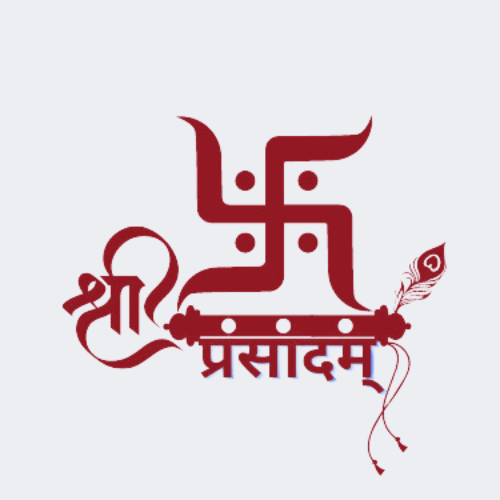The concept of avatars or divine incarnations in Hinduism is an important aspect of the religion's cosmology. The Hindu trinity (Trimurti) includes Lord Vishnu, the preserver of the universe, believed to incarnate in various forms to restore cosmic order (dharma) and defeat evil (adharma). Of these avatars, the Kalki avatar is believed to be the final and future incarnation of Lord Vishnu, who will appear at the end of the current age, known as Kali Yuga.
Understanding the Yugas
Hindu cosmology divides time into four yugas:
1. Satya Yuga (Krita Yuga): The age of truth and perfection, which lasts for about
1,728,000 years.
2. Tretha Yuga: The age where righteousness diminishes a bit, which lasts for about 1,296,000 years.
3. Dvapara Yuga: The age where virtue and sin are balanced, which lasts for about 864,000 years.
4. Kali Yuga: The age of darkness and moral degradation, which lasts for about 432,000 years.
According to Hindu scriptures, we are currently in Kali Yuga, which began around 3102 BCE.
Prophecies and Scriptures
The primary texts that mention Kalki Avatar include the Puranas, especially the Vishnu Purana, Bhagavata Purana, and Agni Purana. These texts describe Kalki as a warrior riding a white horse, wielding a sword, and destined to end the age of Kali Yuga to re-establish righteousness (dharma).
Characteristics and Mission of Kalki Avatar
1. Appearance: Kalki is described as a divine and radiant being, riding a white horse named Devadatta, carrying a flaming sword that symbolizes the destruction of evil.
2. Mission: Kalki's primary mission is to destroy the corrupt and wicked, eradicate sin reprsented as deveil "Kali" and restore the Satya Yuga, thus restarting the cycle of time.
3. Symbolism: The white horse represents purity and speed, while the sword symbolizes divine power and justice.
The Timing of Kalki Avatar's Birth
Determining the exact time of birth of the Kalki avatar is challenging due to the symbolic and cyclical nature of Hindu cosmology. The scriptures do not provide a specific date, but provide a framework based on the progression of the ages:
1. End of Kali Yuga: Kalki is predicted to appear at the end of Kali Yuga, which lasts 432,000 years. Given that Kali Yuga began around 3102 BCE, this suggests that the current age will end in about 427,000 years from now.
2. Signs of Kali Yuga Decline: The texts mention various signs of moral and social degradation that will occur towards the end of Kali Yuga, including materialism, dishonesty, and widespread suffering. These signs indicate the imminent arrival of Kalki.
Interpretations and Modern Perspectives
In contemporary times, many scholars and spiritual leaders interpret the prophecy of the Kalki avatar symbolically rather than literally. They suggest that Kalki represents a transformative force or consciousness that will emerge within humanity to address growing moral and ethical challenges.
1. Symbolic interpretation: Some believe that Kalki's emergence represents a collective awakening or a significant shift in human consciousness toward greater spiritual awareness and ethical living.
2. Historical cycles: Others view the prophecy in terms of historical cycles, suggesting that a period of decline is followed by a renewal and resurgence of dharma, consistent with the cyclical nature of the ages.
Conclusion
The birth of the Kalki avatar is a profound and complex topic within Hindu eschatology. While the exact timing remains uncertain, the prophecy serves as a reminder of the cyclical nature of time and the enduring hope for the restoration of righteousness. Whether viewed literally or symbolically, the concept of Kalki inspires belief in the ultimate victory of good over evil and the perpetual renewal of the cosmic order.
As we face the challenges of the current age, the prophecy of Kalki Avatar continues to provide spiritual guidance and a vision of the future where Dharma will prevail.
------------------------------------------------






















